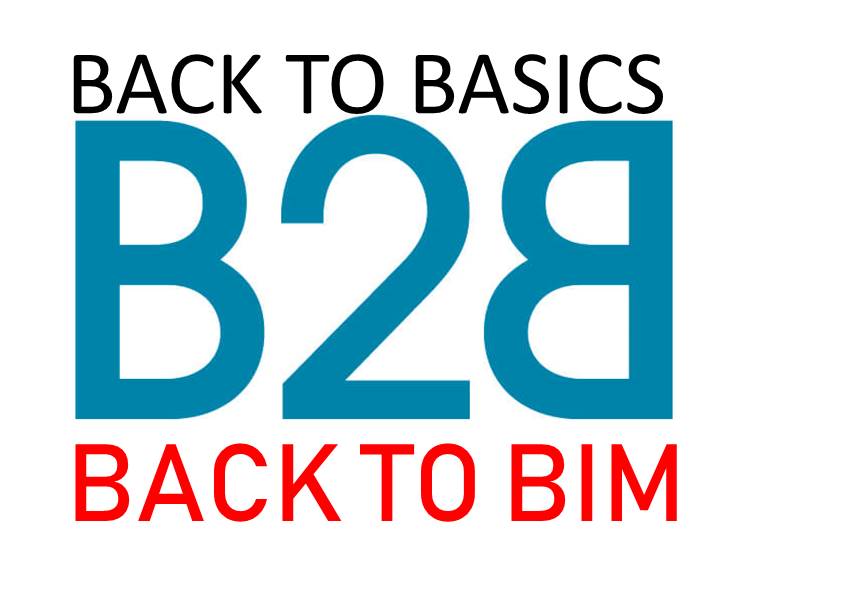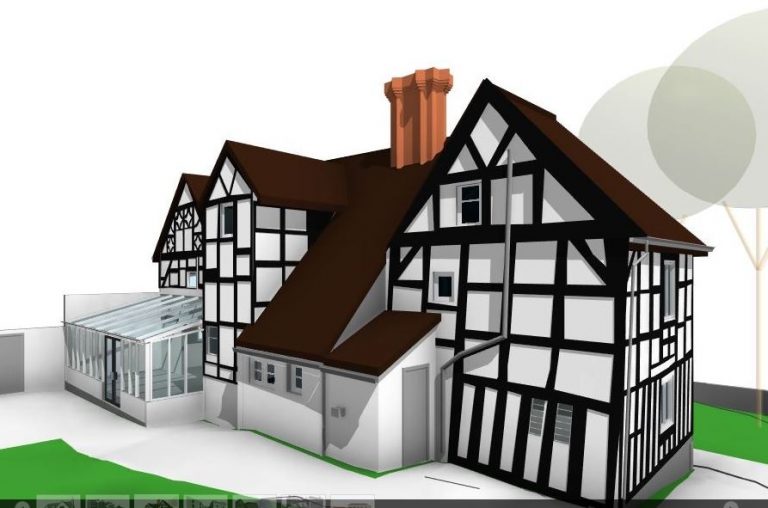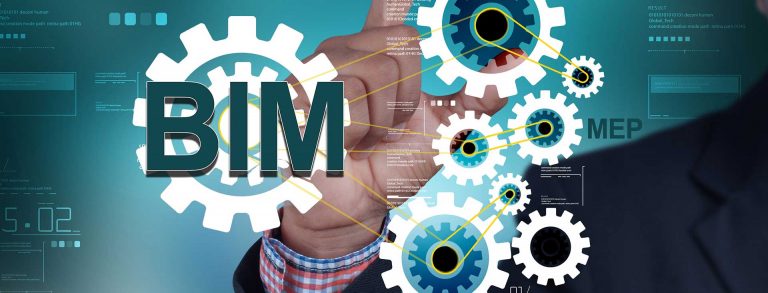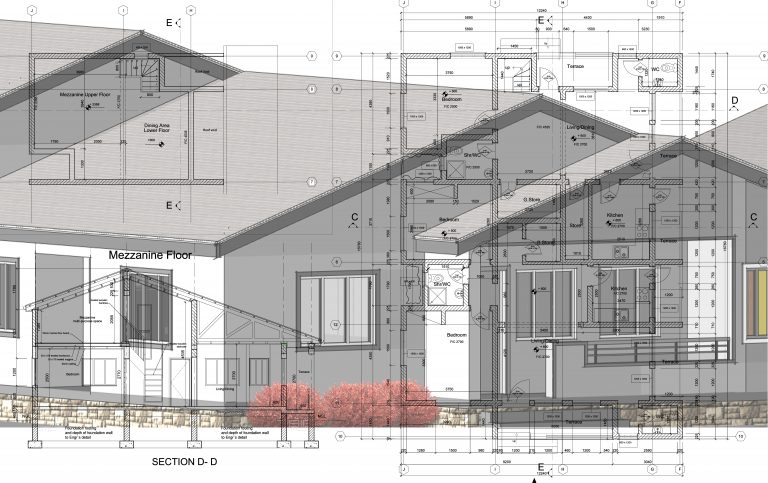Back to Basics: Back to “BIM”
I believe the acronym “BIM” is not new anymore for professionals in the building industry. However, there are still some misconceptions about what BIM really is. This is not a surprise because there has been a huge amount of constant information about BIM that keeps popping up on our screens including standards, protocols and terminologies, and sometimes we might lose sight of the basics while trying to understand all the terminologies, and implement standards.
The fundamental principle of “BIM” is embedded in the acronym, but because of the way BIM methodology has evolved and has been used across the industry, the acronym has been subjected to different interpretation. For example, some may argue that the ‘M’ in the acronym should stand for management and not modelling.
Although I think having different interpretations and not expressing BIM in a simple and easy to understand language may cause confusion, we must also understand that BIM is still evolving and who knows what the future holds. What we do know is that the industry needs to adapt to whatever future presents before us.
Adaptation requires a lot of effort, thinking, planning and most importantly perseverance. But as we go through this process, it is also important that we do not lose track of the whole concept of BIM, reflecting on how we started and what we are trying to achieve.
In simple term, the basics of BIM is about how we generate and manage information or data. In my view, there are three inseparable things that must be considered to make a successful BIM
- Process (Information Modelling): Generating and managing “building” data during its life cycle.
- System (Information Management): Generating and managing the digital representation of building graphical and non-graphical data throughout the building life cycle.
- Product (Information Model): An object-oriented model, a digital representation of a building data used to facilitate the exchange and interoperability of information in DIGITAL FORMAT.
At Technical BIM Studio, we have taken up the responsibility to educate our clients about BIM and we believe a true understanding of the basics will perhaps encourage wider use of the BIM.
Are you convinced that BIM will make a good addition to your firm but not quite sure where to start? Get in touch with us and we will be happy to help you make an easy transition to BIM.





Recent Comments